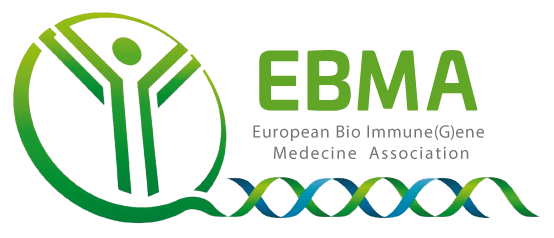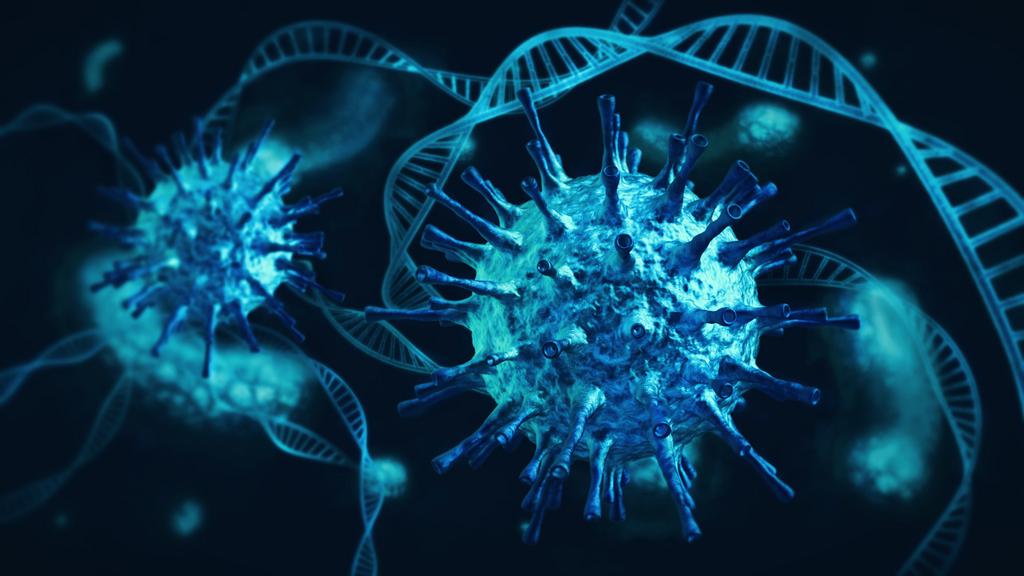It has been almost two years since the SARS-CoV-2 epidemic broke out and spread across the globe, sparing no country. The appearance of variants exposes populations to successive waves, and their attendant socio-economic problems. And the end does not seem anywhere near. Officially, research into effective treatments is lagging behind, and the fight against this epidemic has focused on mass vaccination with innovative vaccine technologies, whose effectiveness and consequences are still very much unknown.
At a time when a third vaccine dose is requested in the face of a new peak of contamination, it is more urgent than ever for an effective treatment to be proposed based on three pillars:
- Keeping the virus from entering the cells.
- Being able to inhibit intracellular replication, in case of acute infection.
- Preventing the disease from progressing to a severe form.
The BI(G)MED research proposes a therapeutic formula containing several molecules derived from the genome, epigenome or proteome of the Sars-CoV-2 virus and/or from immune cells.
At the genomic level, the formula contains the main ORFs of the genes involved in viral replication as well as the gene coding for protein S. In order to extinguish these genes, very high dilutions (10-12 to 10-18 mol.L-1) are used.
From an epigenetic regulation point of view, the formula aims to regulate RNA interference, which allows both inhibition of post-transcriptional replication of messenger RNA and modulation of the immune response via microRNAs used in low activating dilutions (10-5 to 10-7 mol.L-1).
Finally, the proteomic level targets viral proteins as well as host proteins. The S protein and its variants, the N membrane proteins and several non-structural proteins of the virus are included in the formula. The entry of the virus into the cells is blocked by the presence of the molecules ACE and TMPRSS2 in very high dilutions. The virulence of the virus is also controlled by a very high dilution of the furin molecule. The control of the immune reaction is ensured by the inhibition of the main pro-inflammatory cytokines and the activation of molecules capable of detecting the virus (TLRs and RLRs) or of inducing apoptosis of the infected cells (caspases for example).
More than 10,000 patients have been treated with this formula since the beginning of the epidemic, either as a preventive or curative measure. None of our patients have experienced a severe form of the disease, only a few have developed a moderate form.
An important point is the disease development during Sars-CoV-2 infection. There is increasing evidence of an association between progression to “long COVID” and the presence of anti-EBV IgG. According to J.E. Gold et al. in the journal Pathogens (2021), the symptoms of long-standing covid are not so much attributable to Sars-CoV-2 itself as to inflammation induced by EBV reactivation. BI(G)MED has long demonstrated the efficacy of the two-formula therapy in neutralising EBV, which although very common is a particularly pathogenic virus.
As a therapeutic indication, it is therefore recommended to assess the immune status against this virus and to treat any chronic EBV infection if necessary.
To download the full article:

